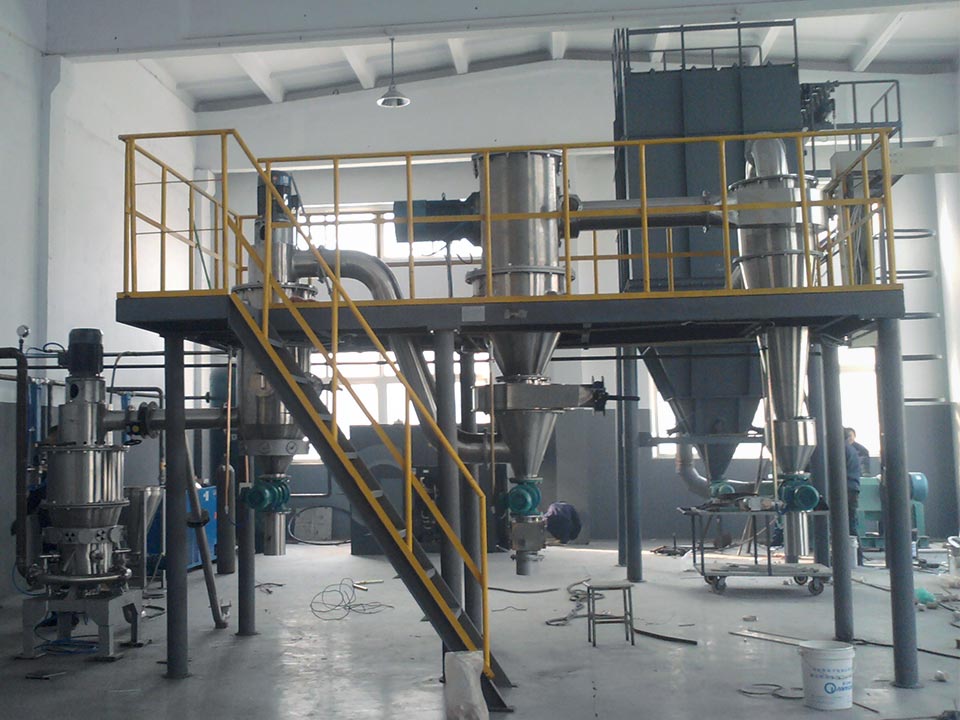Brief introduction of cyclone dust collector
The cyclone dust collector is a dust collector that uses the centrifugal force in the high-speed rotating dust-containing airflow to separate dust from the air. Because of its simple structure and easy production, it is widely used. Compared with the gravity sedimentation chamber, the particle size of the dust to be processed is smaller, and the space required to process the same amount of gas is also much smaller. However, the pressure loss of the cyclone dust collector is generally higher than that of the settling chamber, so it consumes more power.

The advantages of cyclone dust collector are:
(1) The equipment has a simple structure and low cost;
(2) The device has no moving parts and is easy to maintain;
(3) It can withstand high temperatures, for example, it can withstand temperatures up to 400°C. If special high-temperature materials are used, it can withstand higher temperatures;
(4) It can withstand high pressure (positive pressure and negative pressure) to collect dust from high-pressure gas;
(5) After the dust collector is covered with a wear-resistant lining, it can be used to purify the flue gas containing high abrasive dust.
The disadvantages of cyclone dust collectors are:
(1) The efficiency of capturing fine dust (less than 5μm) is not high;
(2) Since the dust collection efficiency decreases with the increase of the cylinder diameter, when the processing air volume is large, multiple cyclone dust collectors must be used. If the setting is improper, it will have a greater impact on the dust collection performance.
The housing of the cyclone dust collector is composed of an outer cylinder and a cone. The top of the outer cylinder is closed, and there is an exhaust pipe in the center. The gas inlet pipe is located on the side of the cylinder and is tangent to the outer cylinder. The bottom of the cone is provided with an ash warehouse and a lock air gate. The dust-laden gas enters the device along the tangential direction of the outer cylinder from the air inlet at a higher speed (usually 12-25m/s), and produces a strong rotational movement along the annular space outside the inner cylinder (exhaust pipe). , Divided into two swirling airflows upward and downward. The upward airflow reaches the top cover and then spirals downwards. The downward airflow spirals between the inner and outer cylinders due to the restriction of the inner and outer circle and the upper cover, forming an outer swirling flow. During the rotation, most of the dust particles are thrown to the periphery of the cylinder under the action of inertial centrifugal force, hit the wall of the vessel, lose kinetic energy, slide down the wall, and fall into the ash bin. The dust particles accumulated in the ash bin are automatically discharged through the gate. When the descending outer swirling airflow follows the bottom of the cone, it turns back and rises, forming a bottom-up spiraling inner swirling flow, and is discharged from the top as purified gas through the central exhaust pipe.
